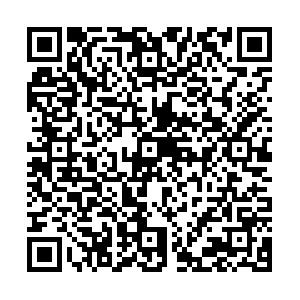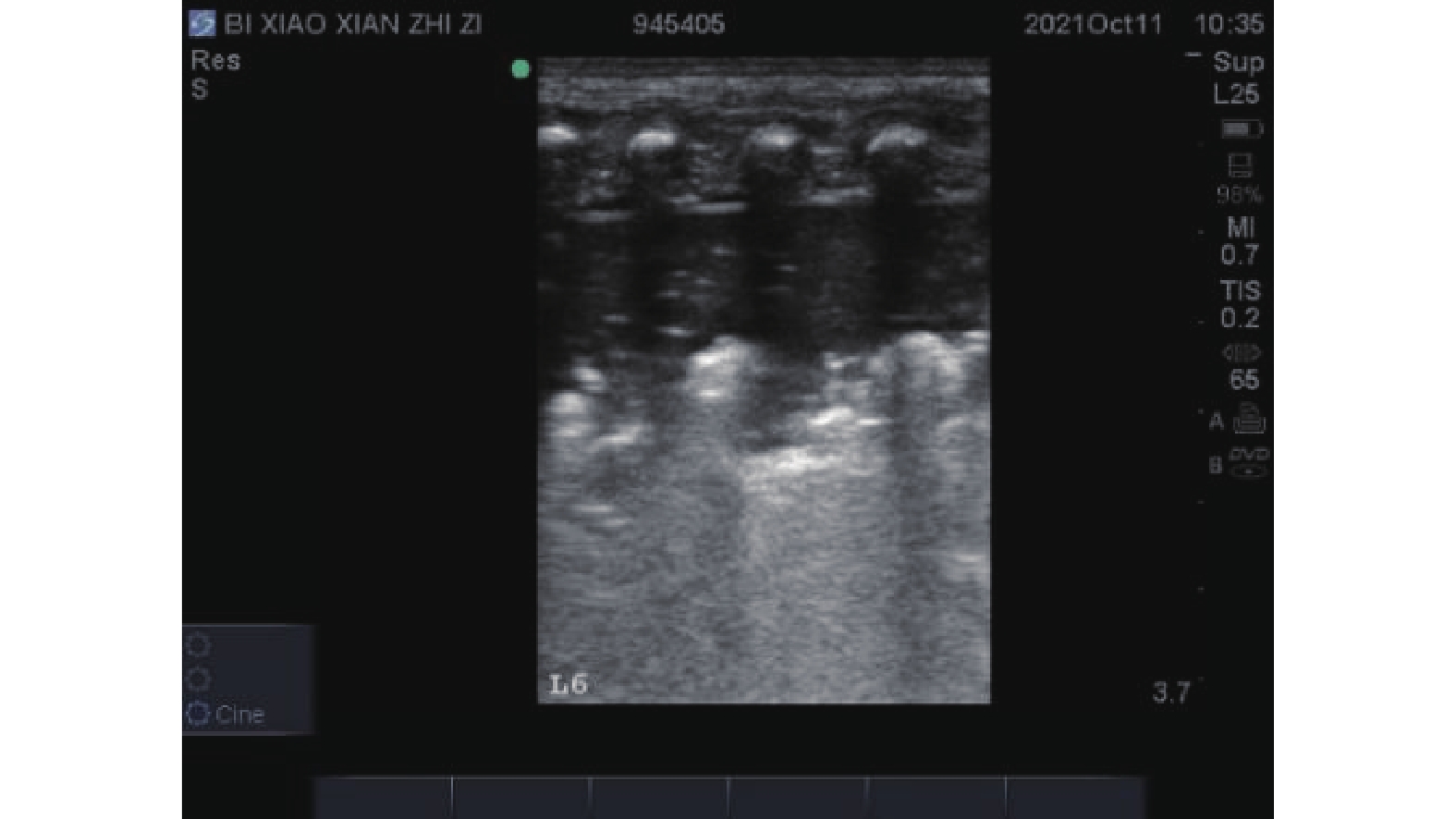Application Effect of Pulmonary Ultrasound Dynamic Monitoring in Precise Nursing of Severe Neonatal Pneumonia
-
摘要:
目的 探讨肺脏超声动态监测在新生儿重症肺炎肺实变精准化护理中的应用效果。 方法 选取昆明市儿童医院新生儿重症监护室(neonatal intensive care unit,NICU)科室诊断有重症肺炎的新生儿60例进行研究,以随机数字表法进行分组,分为对照组和实验组各30例,对照组按照新生儿常规护理进行护理,实验组在常规护理的基础上进行床旁超声的动态监测,并对超声发现的肺实变施以精准化的护理措施。观察2组患儿临床呼吸道症状消失的时间、危重症病例呼吸机撤机时间、平均住院日。 结果 在床旁超声动态监测下施以精准化护理措施的肺实变患儿在呼吸道症状消失时间、平均住院日、危重病例撤机时间均短于常规护理组 (P < 0.05)。 结论 肺脏超声能动态监测可以实时了解肺部病变的性质、大小、位置、病变的严重程度,对肺部病变部位施以精准化护理措施后,可以及时了解干预后的效果,并指导下一步护理措施,可以有效提升治疗的效果,操作简单,值得推广。 Abstract:Objective To explore the application effect of dynamic monitoring of lung ultrasound in precision nursing care of severe neonatal pneumonia with pulmonary consolidation. Methods 60 newborns diagnosed with severe pneumonia in the Neonatal Intensive Care Unit (NICU) of Kunming Children’s Hospital were selected for the study. They were randomly divided into a control group and an experimental group, with 30 cases in each group. The control group received routine nursing for newborns, while the experimental group received dynamic monitoring of bedside ultrasound in addition to routine nursing. Precise nursing measures were implemented based on the ultrasound findings of lung consolidation. The time for clinical respiratory symptoms to disappear, the time for extubation in critically ill cases, and the average length of hospital stay were analyzed in both groups. Results In the lung consolidation patients who received precise nursing measures based on dynamic monitoring of bedside ultrasound, the time for respiratory symptoms to disappear, the average length of hospital stay, and the time for extubation in critically ill cases were all shorter than those in the control group (P < 0.05). Conclusion Lung ultrasound dynamic monitoring can provide real-time information about the nature, size, location, and severity of lung lesions. After implementing precise nursing measures for lung lesions, it is possible to timely assess the intervention effect and guide the next nursing measures, thus effectively improving the treatment outcomes. Lung ultrasound is easy to operate and worth promoting. -
Key words:
- Lung ultrasound /
- Neonate in critical condition /
- Lung consolidation /
- Precise nursing
-
表 1 一般资料比较[M(P25,P75)/n(%)]
Table 1. Comparison of general information [M(P25,P75)/n(%)]
组别 胎龄(周) 日龄(d) 体重(kg) 咳嗽 腹胀 心衰 休克 中毒性脑病 机械通气 研究组 38.5(36.8,40.3) 11.5
(8.0,18.5 )3.2
(2.6,3.8 )30
(100)6(20) 10(30) 13(43) 2(7) 18(60) 对照组 39
(37,40)11
( 8.0,21.3)3.0
( 2.5,3.7)30
(100)8(27) 12(40 11(37) 1(3) 20(66) Z/χ2 −0.630 −0.220 −0.430 0.570 0.640 0.490 0.680 P 0.530 0.824 0.667 0.678 0.584 0.801 0.433 表 2 2组超声图像比较[n(%)]
Table 2. Comparison of two groups of ultrasound images [n(%)]
组别 实变范围 胸腔积液 肺不张 支气管
充液征虫蚀样 深,累及2个及
以上肋间对照组 8(27) 22(73) 19(63) 5(17) 30(100) 研究组 6(20) 24(80) 22(73) 4(13) 30(100) χ2 0.740 0.834 0.830 0.670 P 0.564 0.681 0.632 0.547 表 3 2组临床征象缓解时间及住院时间比较[M(P25,P75),d]
Table 3. Comparison of clinical remission time and hospitalization time between two groups [M(P25,P75),d]
组别 临床症状消失 住院时间 咳嗽咳痰 肺部啰音 少吃少动 腹胀 心衰 休克 研究组 8
(6.5,10.0)4
(3.5,11.07
(4.5,10)3(1,5) 2(1,4) 3(1.5,5) 10(8.0,11.0) 对照组 11
(10.0,12.3)10
(9,13)15
(7,18)7(13,9) 5(2,7) 4(2,6) 14(12.0,15.3) Z −4.642 11.031 8.983 9.043 10.031 9.532 −5.642 P < 0.001* < 0.001* < 0.001* < 0.001* < 0.001* < 0.001* < 0.001* *P < 0.05。 表 4 2组撤离呼吸机或停氧时间比较[M(P25,P75),d]
Table 4. Comparison of extubation time or deaeration time between two groups [M(P25,P75),d]
组别 撤离呼吸机 停氧 研究组 5(4.0,6.3) 7(5.1,9.5) 对照组 8(6.0,9.3) 10(8.0,12) Z −4.812 −4.674 P < 0.001* < 0.001* *P < 0.05。 -
[1] 谢静波,吴双彩,董艳利. 个性化综合护理干预对新生儿肺炎患儿治疗效果、住院时间及复发率的影响[J]. 国际护理学杂志,2021,40(17):3236-3238. [2] 高淑强,巨容,杨胜,等. 新生儿呼吸窘迫综合征肺部超声表现[J]. 中华妇幼临床医学杂志(电子版),2019,15(1):68-72. [3] 赵玉君. 转变体位护理对新生儿肺炎患儿生命体征及复发率的影响[J]. 国际医药卫生导报,2020,26(12):1795-1797. [4] Mills T A,Wakasiaka S,Ayebare E,et al. Going viral - capacity strengthening in the context of pandemic(s)[J]. Best Pract Res Clin Obstet Gynaecol,2022,80(3):39-48. [5] 李小娟. 程序化体位转变护理对新生肺炎患儿肺功能及预后的 影响[J]. 齐齐哈尔医学院学报,2020,41(17):2231-2233. [6] Karakul A,Doğan P,Gümüş İ,et al. What neonatal intensive care nurses have experienced in COVID-19 pandemic in turkey[J]. Perinat Neonatal Nurs,2022,36(1):77-85. doi: 10.1097/JPN.0000000000000633 [7] 刘丽萍,苏然. 改良俯卧位排痰法在新生儿吸入性肺炎护理中的应用[J]. 国际护理学杂志,2021,40(21):3917-3920. [8] Kostenzer J,Zimmermann L J I,Mader S. EFCNI COVID-19 zero separation collaborative group. zero separation: Infant and family-centred developmental care in times of COVID-19[J]. Lancet Child Adolesc Health,2022,6(1):7-8. doi: 10.1016/S2352-4642(21)00340-0 [9] 李树娣,林绍东,罗秀英,等. 转变体位干预对新生儿肺炎患儿血氧及呼吸功能的影响[J]. 吉林医学,2022,43(2):549-551. [10] 兰海利,姜艳丽,连金利. 体位护理对肺炎新生儿痰液排出及住院时间的影响[J]. 黑龙江医药科学,2022,45(1):136-138,141. [11] 尹丽娟,宝凌云,李玲,等. 新生儿呼吸道合胞病毒肺炎护理干预及医院感染控制效果[J]. 昆明医科大学学报,2020,41(6):178-180. [12] 丁晓薇,沐艳君,周漪晴. 转变体位护理联合抚触对新生儿肺炎患者肺功能、心理运动功能及智能发育的影响[J]. 国际护理学杂志,2021,40(9):1617-1620. [13] FuMei R,田亚丽,冯先琼,等. 精准护理的应用领域及发展方向[J]. 中华护理杂志,2017,52(10):1273-1275. [14] 邵肖梅, 叶鸿瑁, 丘小汕. 实用新生儿学[M], 北京: 人民卫生出版社, 2018: 401-408. [15] 刘松,叶依娜,石就家,等. 肺脏超声监测新生儿呼吸窘迫综合征肺复张的临床价值研究[J]. 影像研究与医学应用,2021,5(12):34-35. [16] 邱如新,郭九叶,刘敬. 肺脏超声监测在新生儿肺部疾病治疗中的应用[J]. 中华实用儿科临床杂志,2019,34(1):13-18. [17] 区晓珊,区晓芬,冯焕珍,等. 预警理念下的精细化管理在低出生体重儿中的应用[J]. 齐鲁护理杂志,2021,27(21):144-146. [18] Krishnamurthy G,Sahni R,Leone T,et al. Care of the COVID-19 exposed complex newborn infant[J]. Semin Perinatol,2020,44(7):151282. doi: 10.1016/j.semperi.2020.151282 [19] Munyuzangabo M,Gaffey M F,Khalifa D S,et al. Delivering maternal and neonatal health interventions in conflict settings: A systematic review[J]. BMJ Glob Health,2021,5(Suppl 1):e003750. doi: 10.1136/bmjgh-2020-003750 [20] 尹丽娟,宝凌云,姚静. 机械振动辅助排痰在新生儿感染性肺炎中的应用效果[J]. 昆明医科大学学报,2022,43(3):166-170. [21] 赵佳,臧国礼,陈仕宇,等. 肺脏超声与X线在新生儿感染性肺炎诊断中的应用比较[J]. 重庆医学,2020,49(10):1627-1630. -






 下载:
下载:



